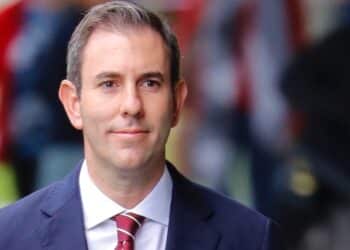In its full-year financial results, the firm reported a statutory net profit after tax of $16.1 million.
Commenting on the increase, it said this was attributable to a $213 million decrease in remediation costs, legal settlement and penalties, $47.4 million decrease in transformation and transition costs and $60 million decrease in base and reinvestment operating expenses.
Average funds under management and administration (FUMA) were $323 billion, a 7 per cent increase from $301 billion.
In the advice division, net revenue increased by 7 per cent to $160 million as a result of strong new client growth and higher asset-based fee income in Shadforth, partially offset by lower insurance commissions. The number of advisers fell slightly from 200 to 188, which it said occurred in its Bridges division.
Clients per adviser grew from 90 to 96, which was driven by strong new client growth and improved adviser efficiency, while revenue per adviser grew from $750,000 to $854,000, thanks to a focus on higher-value clients and higher asset-based fee income.
Net flows on the Wrap platform were $2.1 billion due to “stabilisation and growth following the MLC Wrap migration to Expand”. Closing funds under administration were $102.9 billion, up from $94.4 billion a year ago.
Looking at asset management, it said net revenue grew 4 per cent from $210 million to $218 million, which was driven by strong multi-asset inflows, higher performance fees and higher average FUM. Closing FUM grew from $89.4 billion to $92.2 billion and it noted it saw particularly strong flows in managed accounts, diversified funds and its fixed income capability.
Insignia chief executive Scott Hartley said: “FY25 was a pivotal year of transformation for Insignia Financial as we launched our 2030 vision and strategy, welcomed a refreshed executive team and embedded a new operating model, with clear accountabilities across four distinct lines of business.
“Delivery of several key strategic initiatives during the financial year contributed to the ongoing simplification of our business. This included the separation of MLC from NAB – one of the largest wealth management separations in Australian financial services history, and the establishment of an industry-first partnership with SS&C, successfully transitioning our Master Trust technology and operations functions, including nearly 1,300 people, to SS&C.”
Priorities for the year ahead are to reduce costs, leverage its partnership with SS&C, relaunch the MLC brand and the rollout of MLC Retirement Boost and develop ways to utilise artificial intelligence.




Expand platform is fine – u til you use a competitor and actually experience how slow and self focused Insignia are. BDM’s just offer typical executive dribble without substance. Their technology is not bad, just don’t have the culture or service to compliment it.
“revenue per adviser grew from $750,000 to $854,000, thanks to a focus on higher-value clients and higher asset-based fee income”
These are pretty big numbers. Much higher than advice firms with fixed fees. One wonders how long asset based fees can continue before regulators intervene, or the clients themselves shift to advisers with lower fixed fees.
Asset based advice fees are fundamentally conflicted regardless of product. When the product recommendation is an inhouse platform, SMA, or fund, the clients are getting a double dose of conflicted advice!
pivotal year of transformation
vision and strategy
refreshed executive team
embedded a new operating model
clear accountabilities
Delivery of several key strategic initiatives
Typical executive bs bingo words.